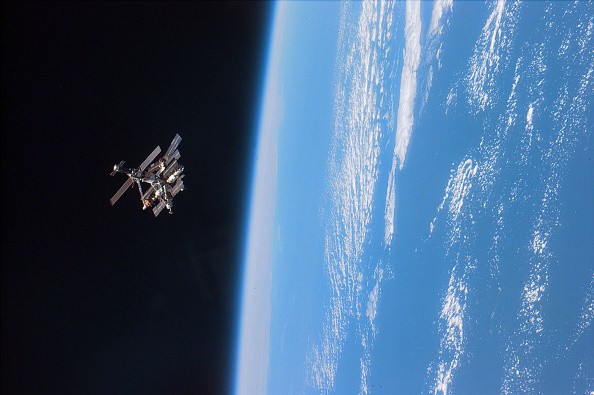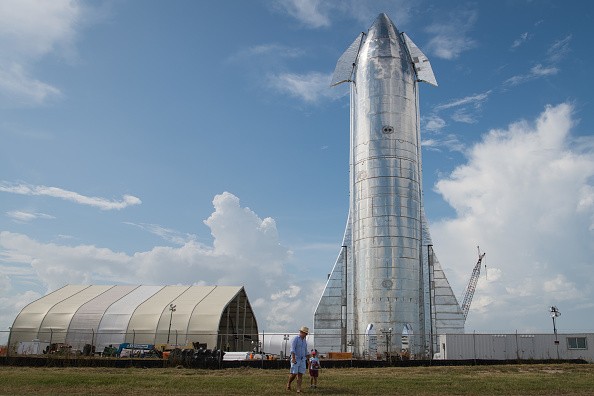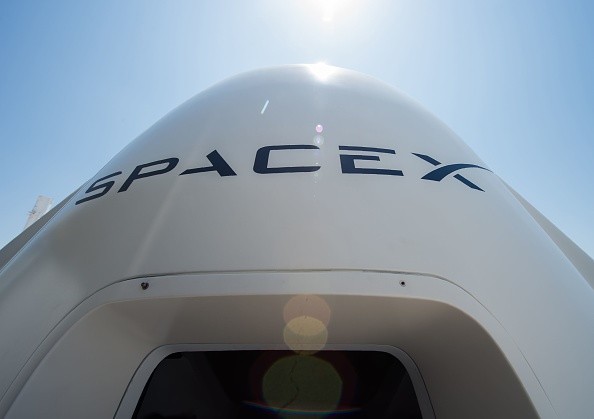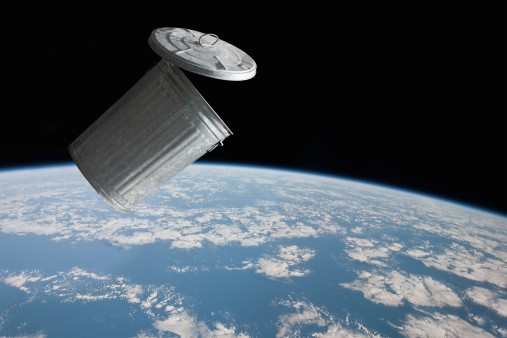Space garbage, not outdated tech, could be the very reason why humans won't be settling any planets soon.

In an article by Inverse, it was revealed that the growing problem of space junk hasn't slowed down-especially with the modern space race in full swing. And apparently, it won't be just a problem for spacecraft being launched into orbit, but also ground-based scientists as well.
According to Lisa Ruth Rand, who works as a historian at Caltech, the mere presence of thousands of tons of space junk could basically mean that we will "close ourselves off from the rest of the cosmos."
This has been evident in multiple incidents in recent years, mostly involving the International Space Station. ISS astronauts have been woken, for instance, by a debris field generated by a Russian ASAT (anti-satellite missile) test when the aforementioned nation decided to blow up an old satellite.
As a result, several crew members of the space station-even Russian cosmonauts-had to run for shelter in the Dragon and Soyuz spacecraft, just in case they had to bug out.
That is part of the danger of launching space missions: a condition Inverse calls the Kessler Syndrome. Basically, the syndrome is a chain reaction that comes from any spacecraft getting hit by space junk, which can also be hit by another floating space junk, and so on.
With this reality bearing down and multiple, highly anticipated space missions scheduled this year, things could get downright dangerous for both gear and human crews being launched into orbit.
Among the missions people watch out for the most this year is the first orbital testflight of Starship, SpaceX's massive reusable rocket designed to ferry tons of supplies alongside human crews to the Moon, Mars, and beyond.

While the launch itself has been delayed (as per Space.com), the presence of space debris out there could very well be problematic for the rocket-and the future missions it is supposed to undertake.
Read Also : SpaceX Starship is 'Next-Level,' But Has a 'Long Way to Go; Says Elon Musk for Interstellar Explorations
Just How Bad Is The Space Garbage Problem?
The short answer: pretty bad, and it's not being talked about enough.
To date, there are more than 27,000 pieces of junk orbiting the Earth right now, according to NASA. This garbage ranges in size from pieces as small as a marble to massive chunks of decommissioned spacecraft-mostly satellites. However, even the dangers posed by tiny debris in space can be absolutely devastating to spaceships.

In space, there is absolutely no friction because it's a vacuum; there is literally nothing there to slow down anything. As such, something as small as a marble could turn deadly because it would be flying at a speed 15 times faster than a bullet, writes CNET.
If even one of those debris punctured a hole into a ship, it would be game over. The danger would be even more pronounced if there was a human crew piloting the ship, which is something that agencies and private companies are looking forward to doing soon-the NASA Artemis moon mission among them.
As such, several companies are proposing using their tech to help clean up the junk. One of these, called ELSA-d (End-of-Life Services) by company Astroscale, have already launched a mission into orbit last March to demonstrate how they could collect space debris using magnetic tech, writes NPR.org.

Related Article : NASA Plans to Spend $93 BILLION on Upcoming Moon Mission
This article is owned by Tech Times
Written by RJ Pierce
![Apple Watch Series 10 [GPS 42mm]](https://d.techtimes.com/en/full/453899/apple-watch-series-10-gps-42mm.jpg?w=184&h=103&f=9fb3c2ea2db928c663d1d2eadbcb3e52)



